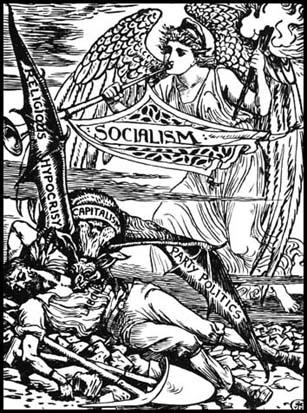Today was the first I actually saw a printed copy of Johanna Drucker’s Graphesis. I was suprised by it’s size. Being only familiar with the digital pdf version I imagined a work like this, impressive in it's curatorial and conceptual dimensions, would be bigger. This remark might seem anecdotal but my surprise might also mark a point of departure towards the book of the future which will still be designed and interpreted (maybe unconsciously) in the legacy of print conventions, but the awareness of the origin of these conventions might fade and certainly there are and will be even more new conventions for screen display, that might override those.
In her introduction Drucker unwraps the history of visual epistemology. A history that is not only a side track but one in its own right, of course entwined with, often influenced by or subject to advancements in general epistemology, the systematization of our understanding of language, the success of capitalist abstraction and the machine paradigm gaining prevalence.
Instead of re-narrating Drucker’s timeline, I want to make some remarks or ask questions on specific sections and concepts.
What do you think about the historical attempts to think about the visual in terms of language? Maybe it’s just a borrowed concept, but I think there’s also the intention to borrow the connotation of authority that language has. Do you think these approaches might miss the chance to establish visual knowledge production independently and hence to explain the differences between the visual and language and their domains, dis- /advantages and opportunities of mutual completion? What do you think is Drucker’s position towards this question? It’s interesting to me that her vision of the book of the future looks very textual, images are only mentioned as material to be parsed and the only graphical elements described and shown are mind- /maps.
Drucker’s narration is remarkably pointed to critical paradigm shifts on the verge of epochs. I’m really interested in how she describes the coincidence of evolving abstract visual production and the needs of a growing industrial production for mass producible commodities, forms and patterns.
The “language of graphics” became a language for and of industry, even as analysis of abstract visual form became one of the distinctive features of late nineteenth century aesthetics and its legacy to twentieth century modernism. The rhetoric of supposedly universal formal principles is historically coincident with the need for an abstract graphical approach to design for industrial production.
Is this a small side blow to Modernism? I would have loved for the text to elaborate a bit on this coincident. Couldn’t you argue that the advancement of abstraction set the underlying foundations of this growing industrial production in the first place?Is visual knowledge production always just adapting to current needs of the industry and subjecting to the newest (machine, software) tools to mass produce (broadcast) most efficiently? – In comparison the line Drucker draws from Boole’s Laws of Thought to the Vienna Circle (Neurath) and the linguistic turn and George Spencer-Brown’s Law of Form and Kandinsky’s interest in formalism, seems less tainted to her.
My selection for further research
I guess I was interested to compare how books looked like that taught design or could be used as a reference. It was really interesting to see three completely different examples and approaches. Apart from the content, it was also revealing to compare the different formats and typesetting conventions. While Dondis is closest to textbook conventions, Jones is more like an encyclopedia and Crane is almost set like a novel, which tells you immediately a lot about their didactic approach.
I’m not sure how these examples directly relate to my data visualization practice, but it showed me how important it also is to set the context and even if that’s very specific, if I had to work with already visual material these examples are a great reference how to work and organize these.
My selected artifact 1: Donis A. Dondis, Primer of Visual Literacy (1973)
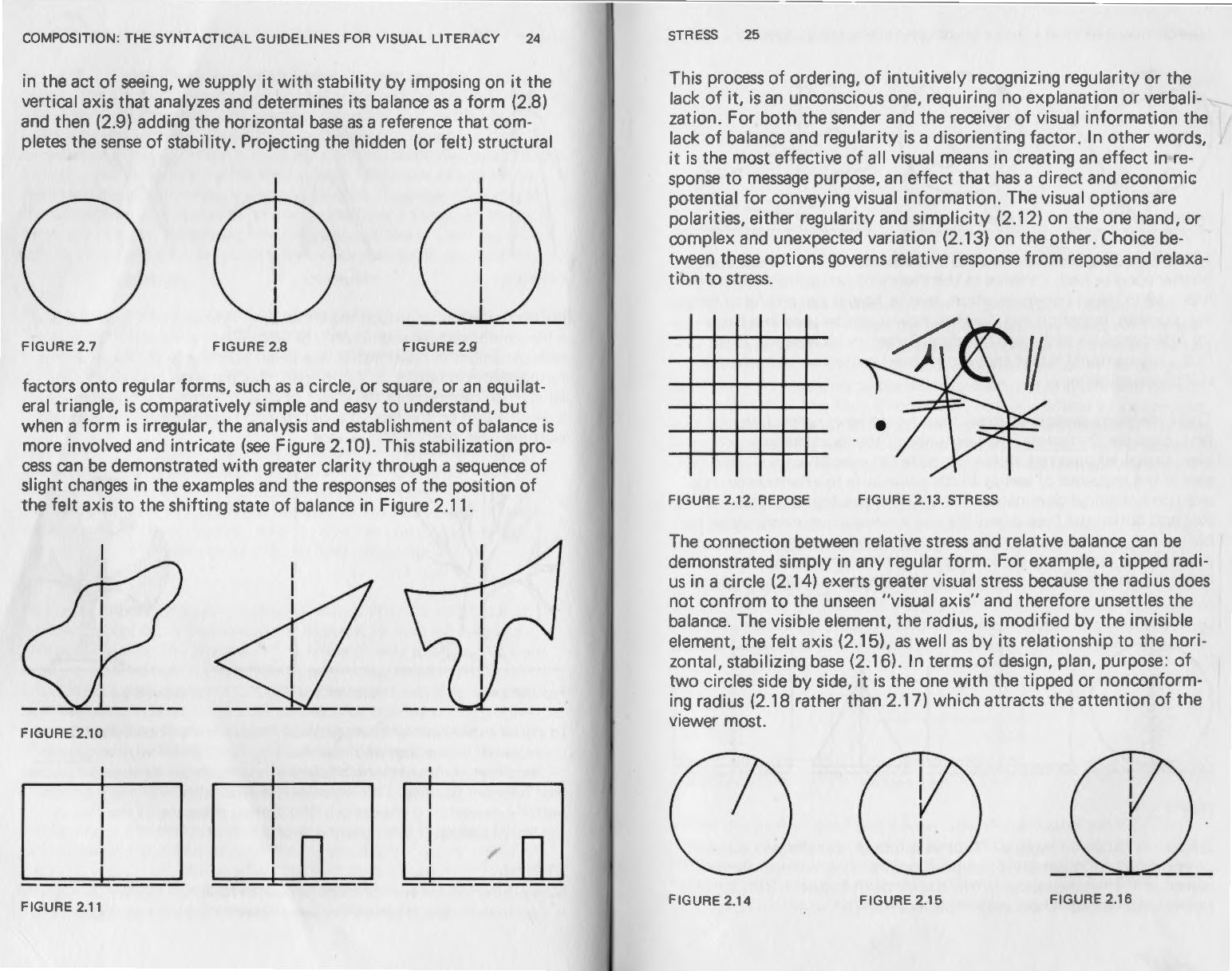
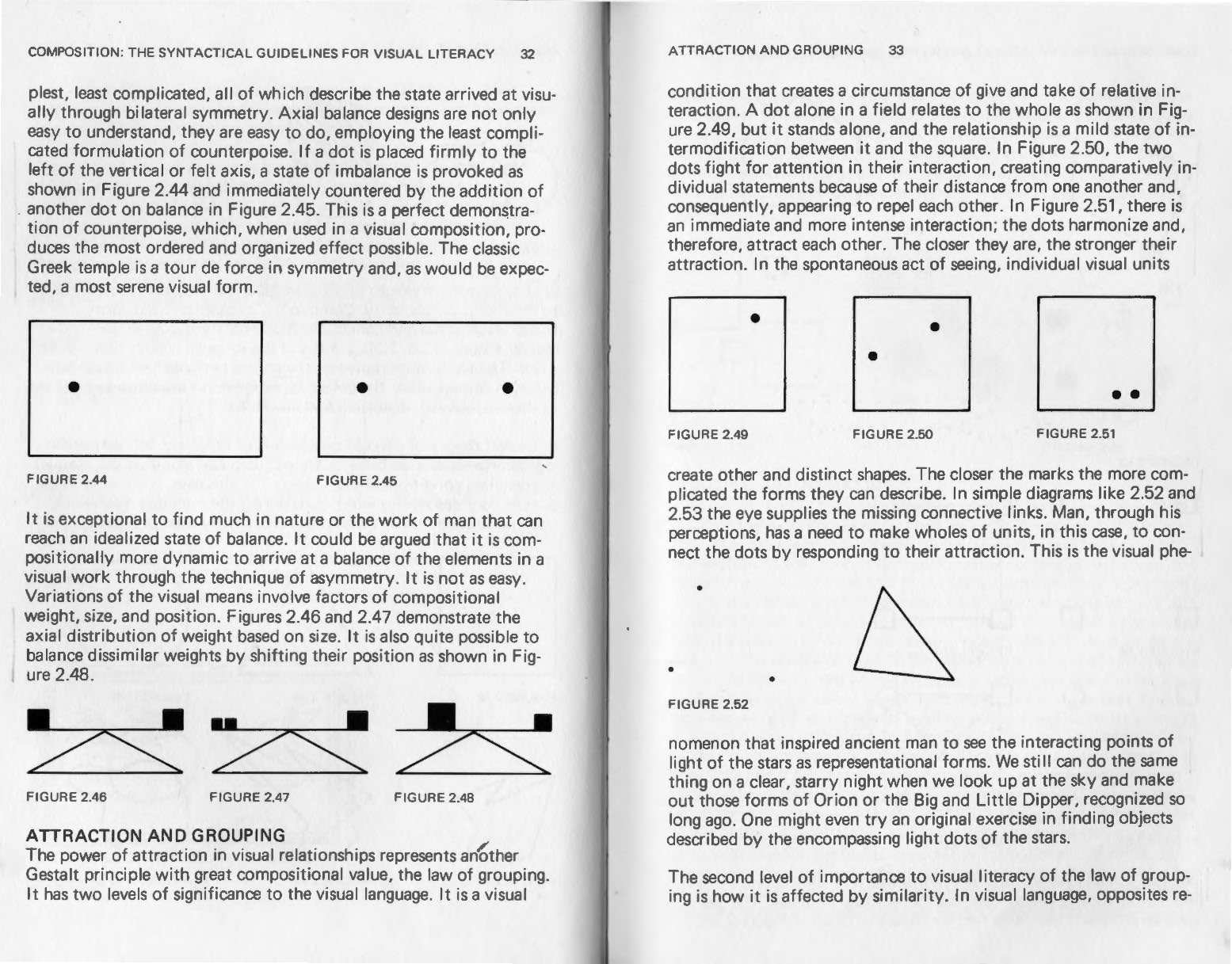
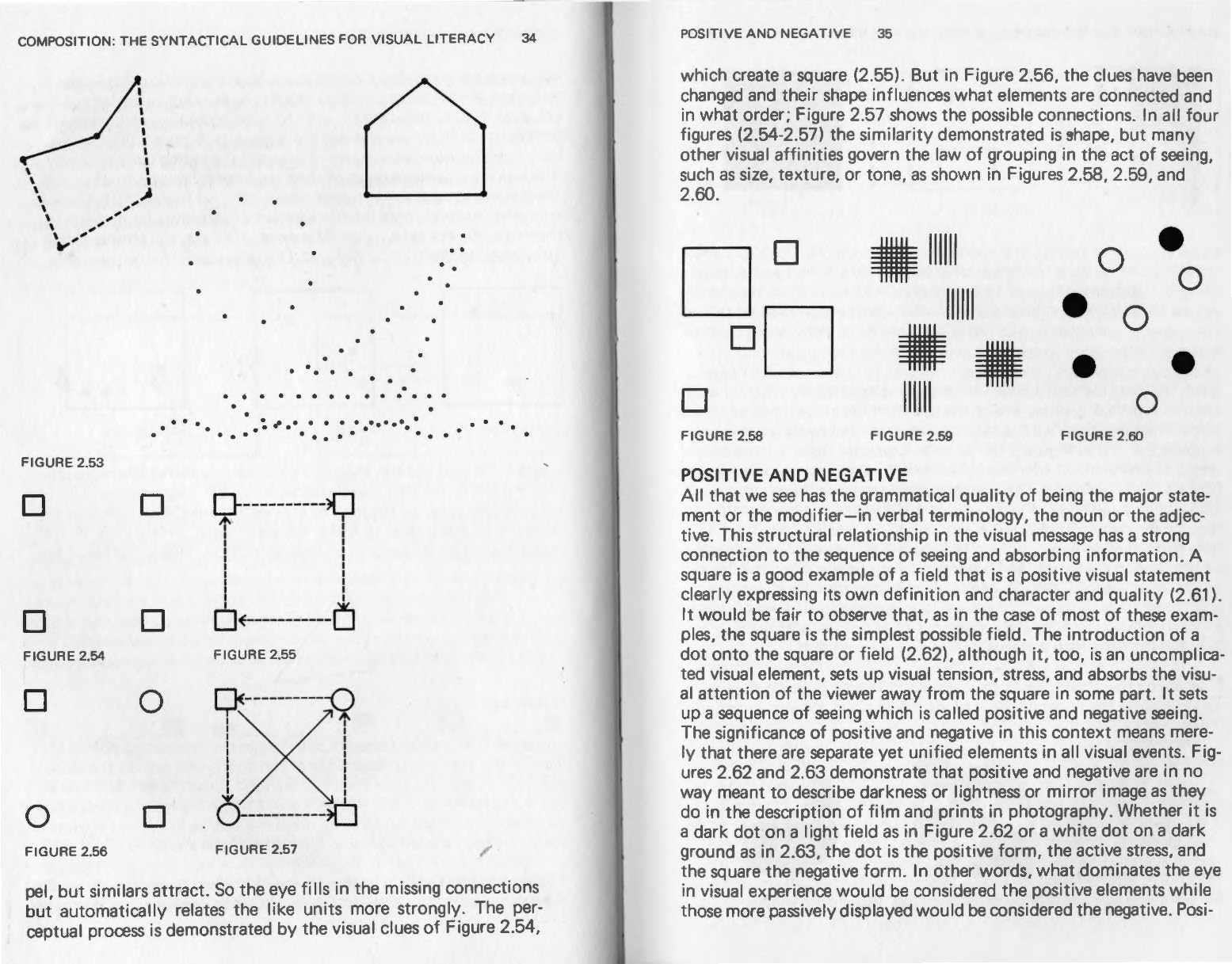
My selected artifact 2: Owen Jones, The Grammar of Ornament (1856)
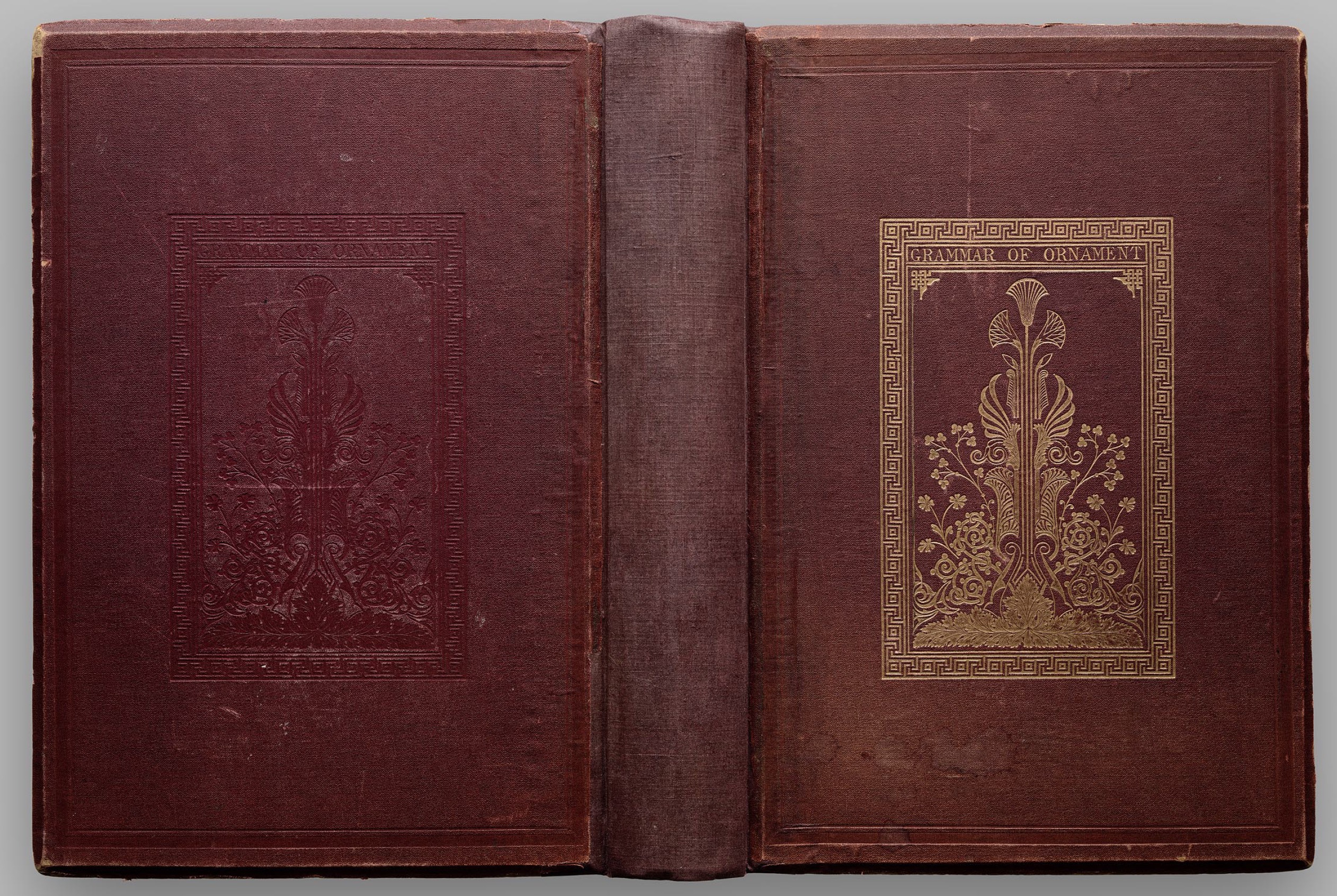
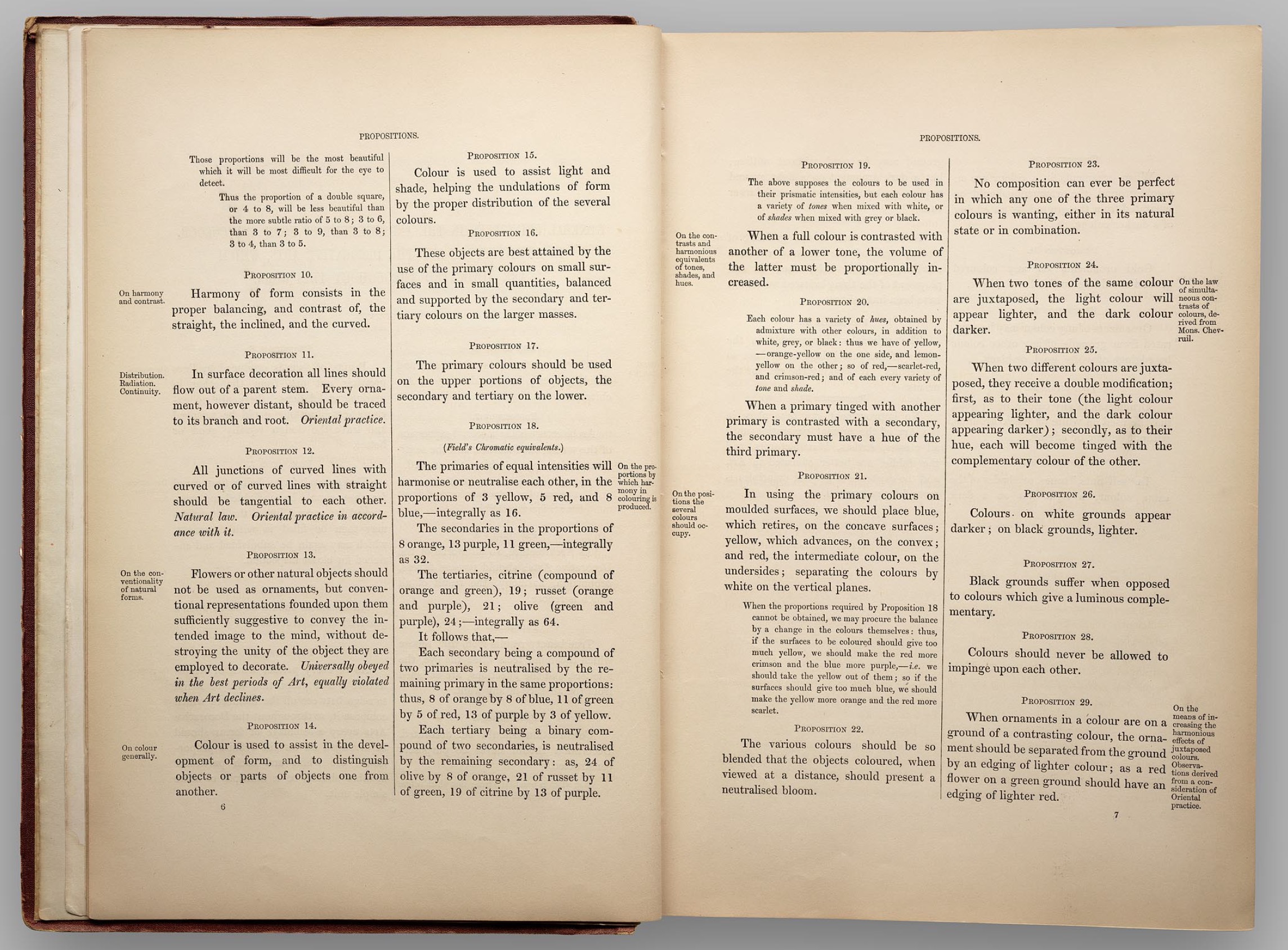
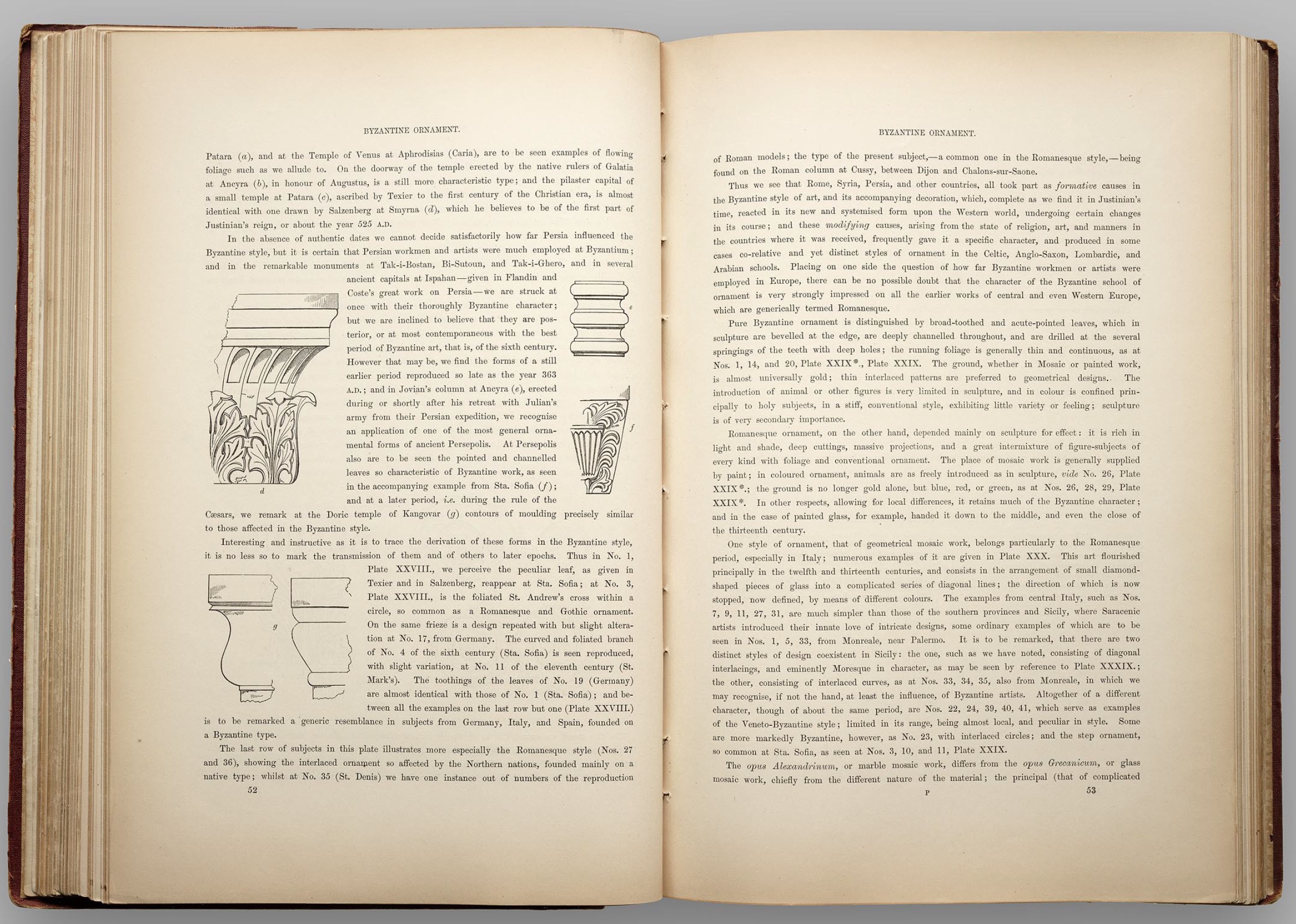
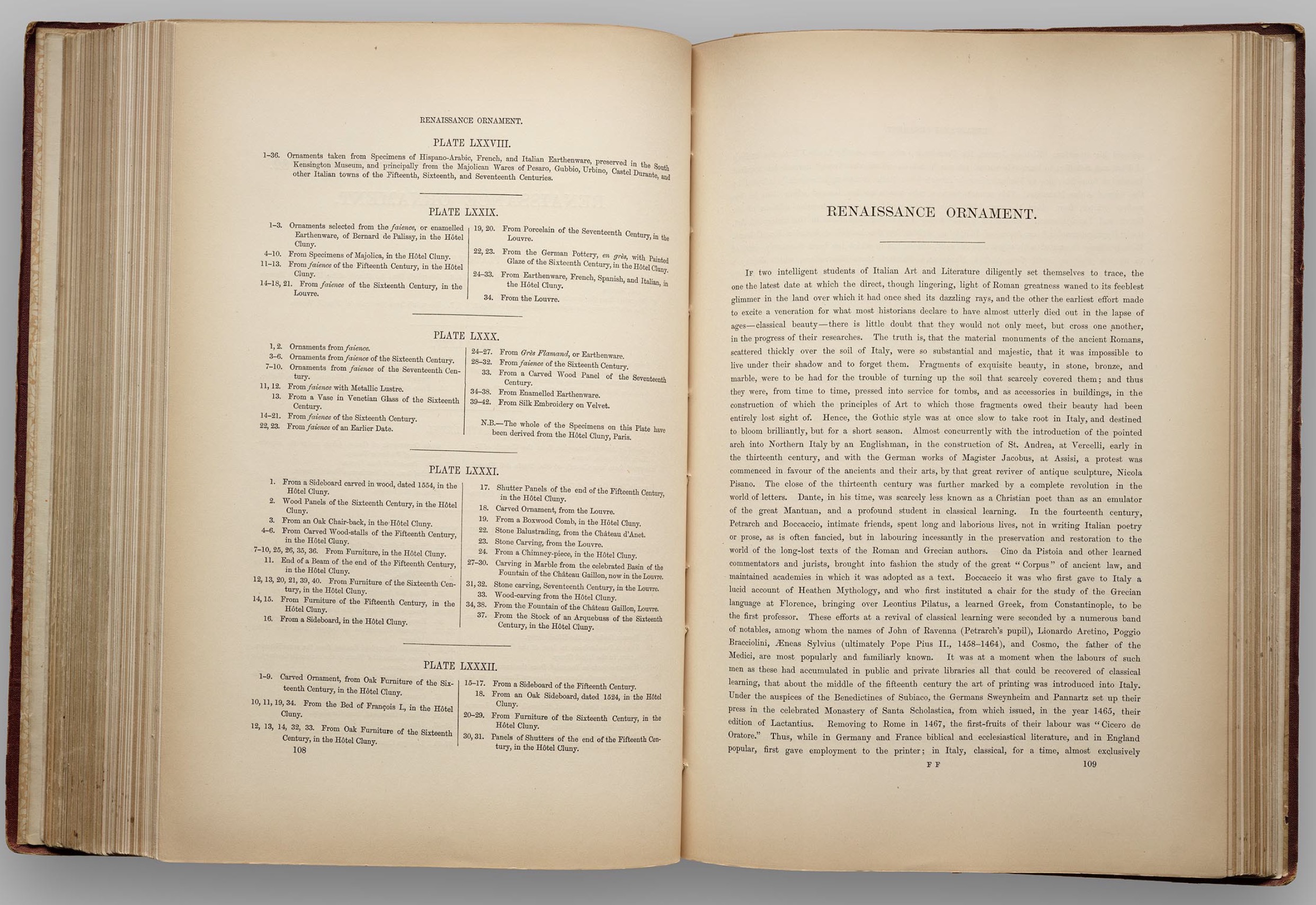
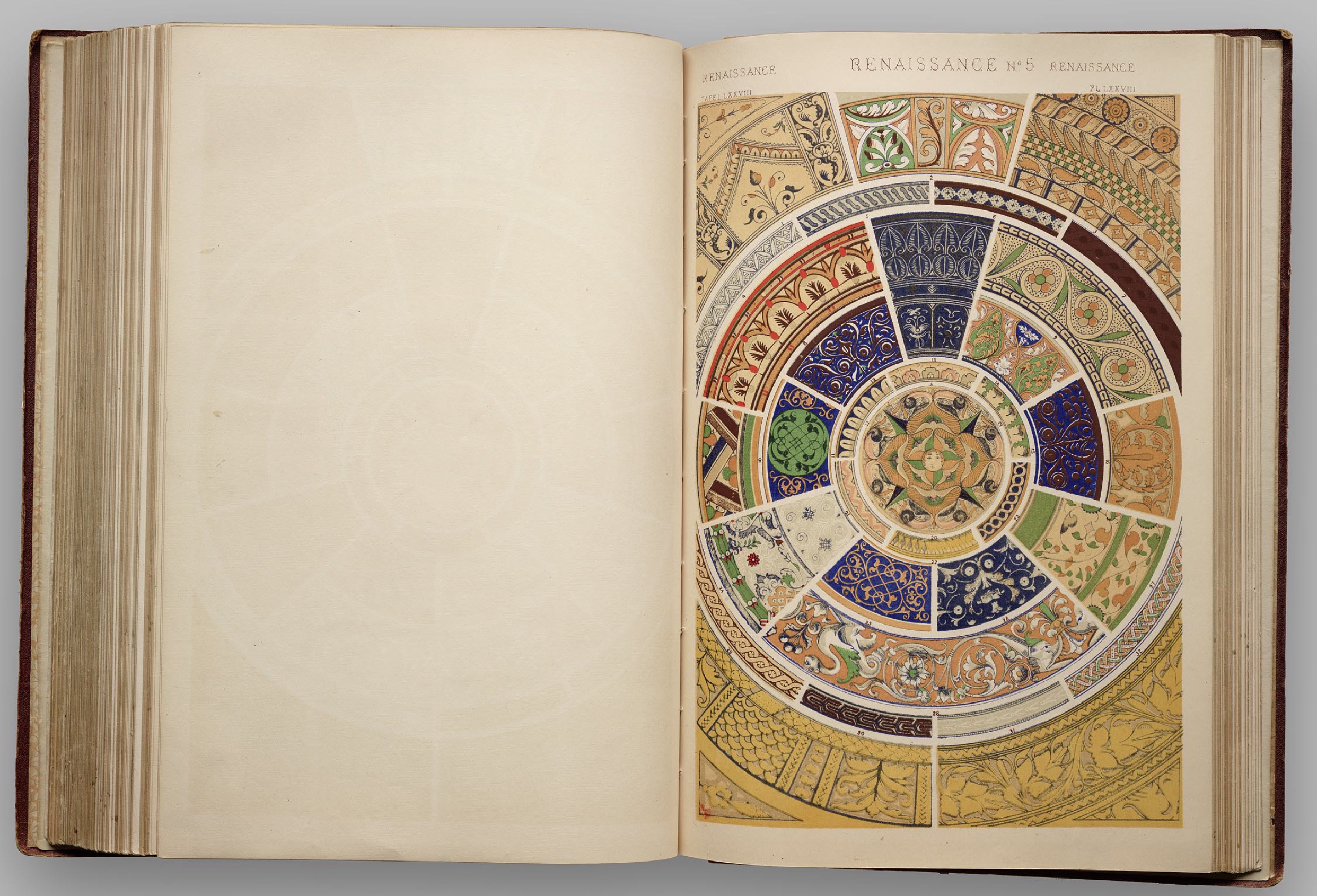

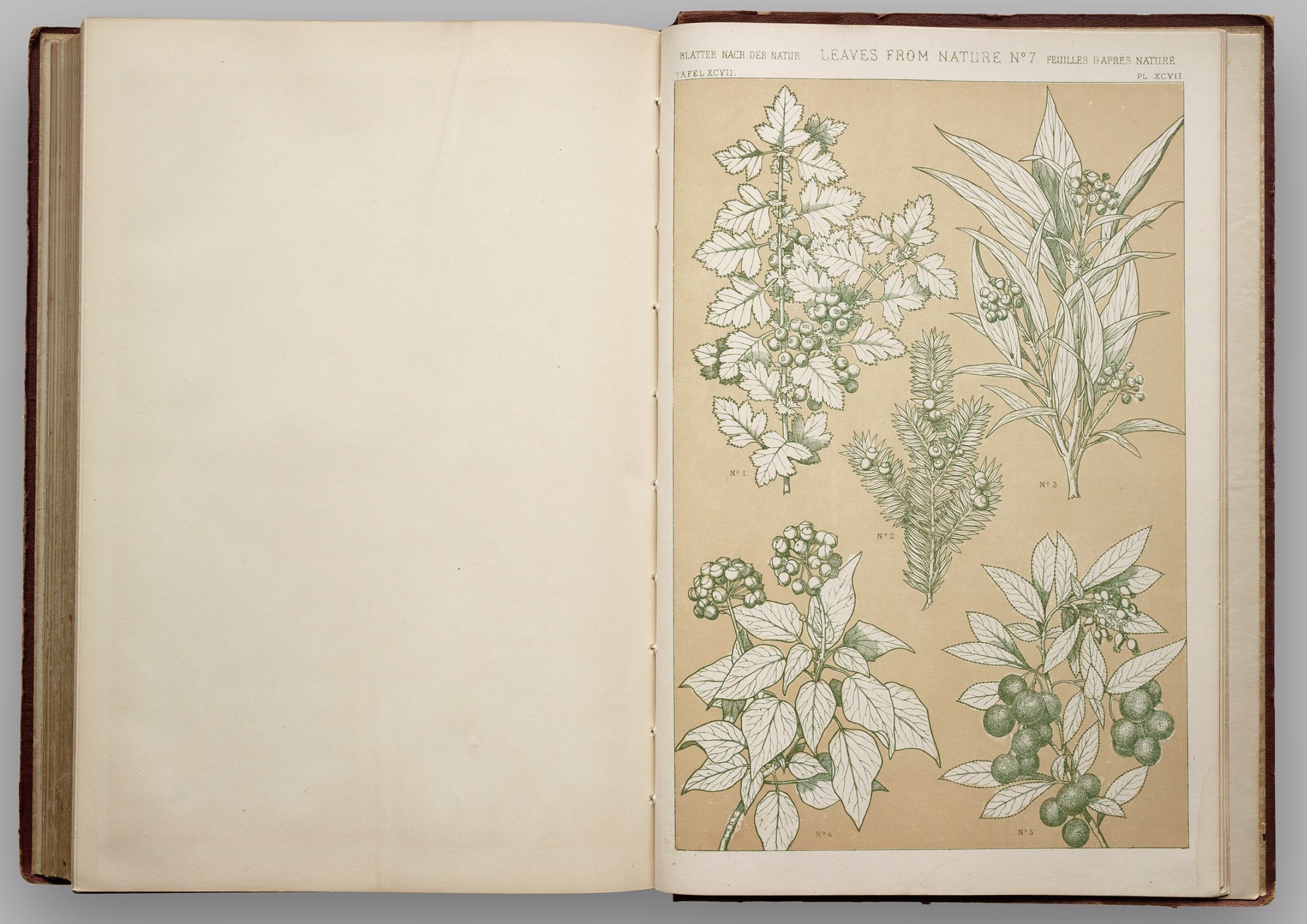
My selected artifact 3: Walter Crane, Line and Form (1900)
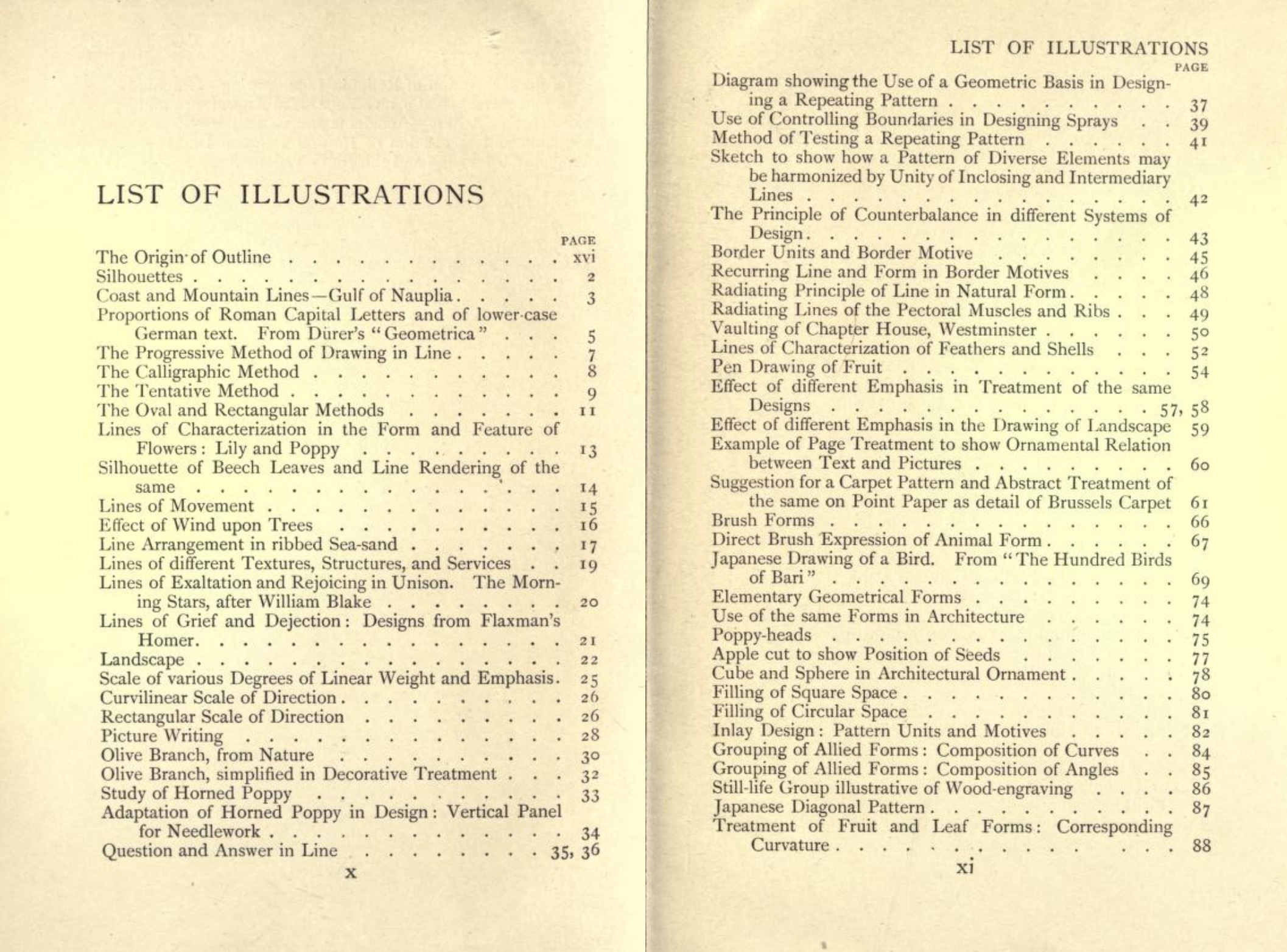
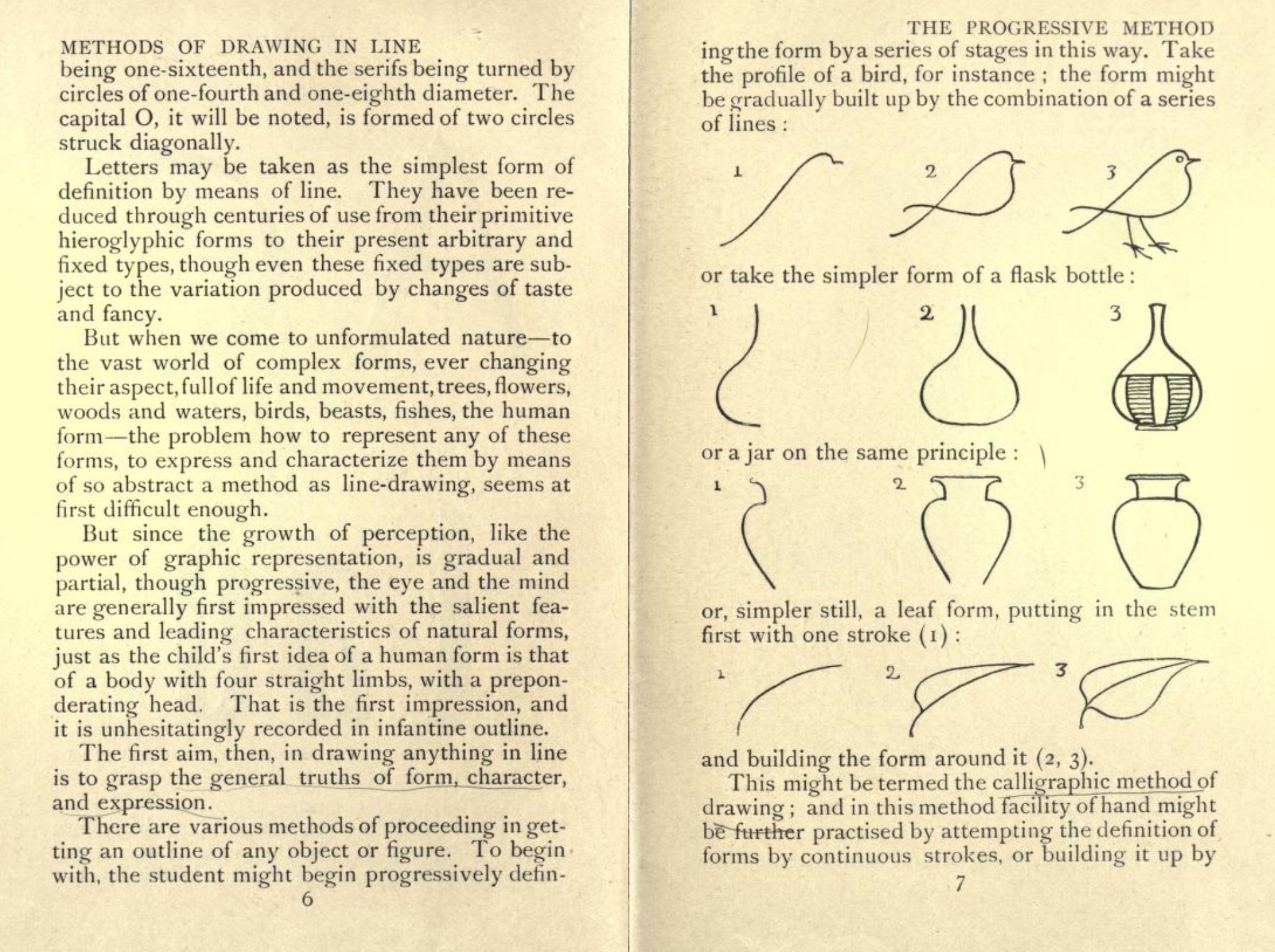
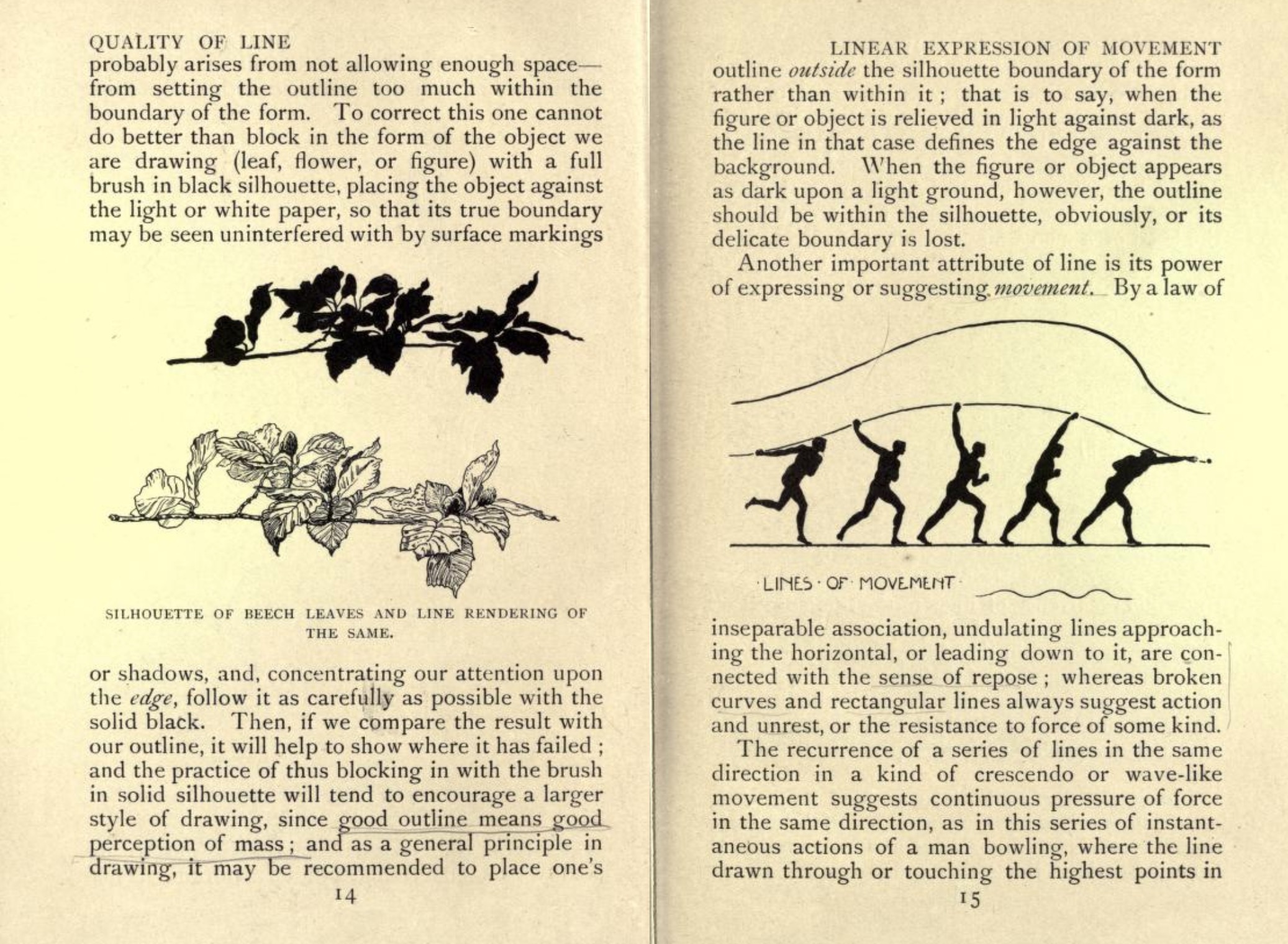
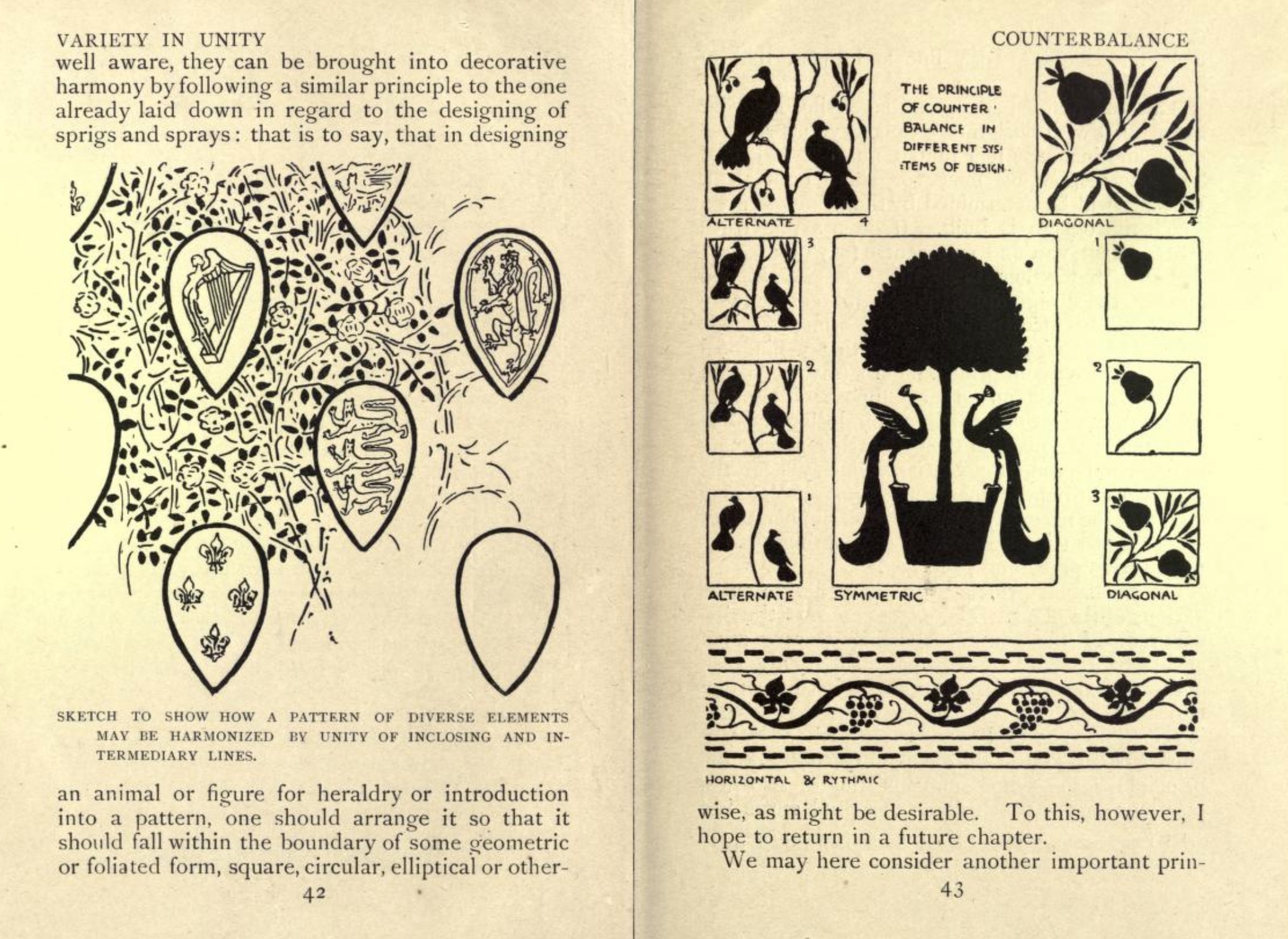
Somehow it seems like I’m always unconsciously picking a socialist. Walter Crane (1845 – 1915) joined the Social Democratic Federation (SDF) in 1884.
One of his most known drawings shows Capitalism pictured as a vampire sucking blood from a worker, while socialism depicted as an angel warns him of the danger:
